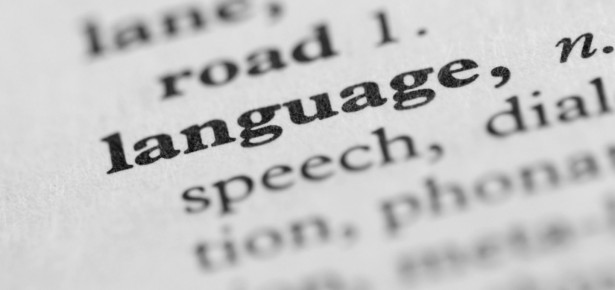
It was cases such as Yates, and many other comparable ones, that convinced us that definitions are far from trivial in argumentation. The courts impose limits on how far persuasive language can be stretched in framing a dispute and defining terms used in arguments, but the situation is wilder in natural language conversational arguments outside such constraints. Consider the abortion dispute, once it has been reframed as a debate between a ‘pro-life’ side and a ‘pro-choice’ side. The pro-life side defines ‘abortion’ as the deliberate killing of a human being, equivalent to the crime of murder. How can anybody be against life in a humane society? The pro-choice definition of an abortion describes the embryo or fetus as a clump of tissues that is a product of conception but is not a human being. It should be the woman’s choice whether to remove it or not from her body. How can anybody be against choice in a free democratic country? The terms used to define each side’s central claim stack the deck. Once the issue of the debate has been reframed in this manner it has become polarized. Any attempt to resolve or even deal with the issue in an intelligent, rational manner by taking both facts and values into account, weighing the pro and con arguments fairly in an unbiased manner, has been blocked. Extrapolating beyond this single example, we can get some idea of why polarization by definition reframing is such a dominant feature of current American politics.
Word magic is rife in American politics as redefinition has become such an often used device for manipulating public opinion, seriously affecting basic freedoms. How can we freely and knowingly judge a state of affairs and decide upon it, when we cannot understand it? When machine gunners are called peacemakers, or bombings (such as the ones in Libya) are no longer considered as acts of war, when war magically becomes a state of “ground troop intervention, sustained fighting and exchanges of fire,” we are left without other words to describe Emergency activists or airstrikes (of any kind) (Macagno & Walton 2014). We are left confused about what war and peace are, and baffled about the way to judge them. In such cases, “the question of who should have the authority to make definitional decisions amounts literally to who has the power to delineate what counts as Real” (Schiappa 2003: 178). Being aware of what a definition is, what its uses are, and of how it can be modified and implicitly changed to alter our perception of the “Real” becomes a fundamental step for protecting our freedom of thinking.
Our reasons for writing this book together were that (1) we strongly felt that the problem posed is widely important, (2) we believe the subject is central to argumentation as a field of study, and (3) despite the difficulty of breaking through the barrier of convincing a broad audience we disagree that the study of such matters is somehow trivial or pointless, (4) as shown by the book, we thought we could bring current argumentation resources to bear on the problem and move forward, and (5) felt that the job needed to be done and was worth doing. .
The book offers a solution to this pervasive problem by studying around one hundred examples of this kind using a normative model of argumentation as a verbal exchange of speech acts between two or more agents in a structure called a dialogue. In the dialogue model, the agents take turns putting forward speech acts, such as the action of asking a question or making an assertion. Such a dialogue has three stages, an opening stage, an argumentation stage and a closing stage. Rules governing the preconditions and post-conditions for each speech act are set at the opening stage. It is these communicative rules that enable an analyst to marshal evidence to explain how definitions have been persuasively reframed. This model views an argument as a verbal exchange in which two parties, the pro and con sides, as they attempt to reason together for some common purpose. The model allows for rhetorical use of persuasive definitions, but has constraints on them as well that must be followed by both sides. It therefore provides a normative framework for diagnosing communicative faults, such as the reframing of a definition or the persuasive one-sided use of an emotive term that stacks the deck against the other side, but that goes unnoticed and prevents the dialogue from moving forward.
Latest Comments
Have your say!